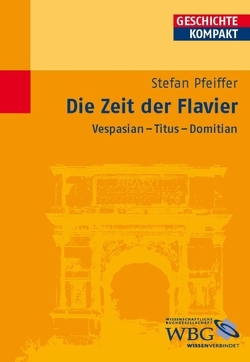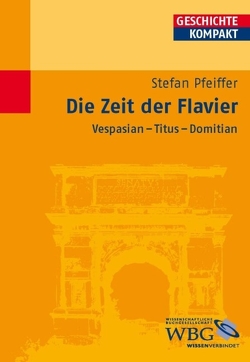Die Bildnisrepräsentation des Titus und des Domitian
Anne Wolsfeld
As an important part of the Roman representation of rulers, this volume brings together all depictions of Titus and of Domitian and analyses their media characteristics for the first time. The work begins with a fundamental review of the typology of portrait heads, which allow insights into official self-representation. While the two were still shown with separate roles as princes, once they began their rule the respective concepts of portraiture corresponded to the luxury habitus current at the time. In this context, a family likeness common to all Flavians and the fact that Domitian’s portraits approximate those of Titus are deliberate attempts at legitimation. From the perspectives of those honouring the emperors, the medium of depictions as a whole reflects a change in the role of rulers under the Flavians, and in particular with Domitian. This already begins under Nero and culminates in the depiction of the ruler as militarily successful and transcendent even in official representations. In addition, and in contrast to Titus, one can observe an augmentation in such pictorial messages for Domitian. In spite of the later condemnation of his rule, this is continued in the portraits of his successors and thus confirms the malus princeps as an important developmental impetus for the representation of rulers. In addition, the increased attention to dynastic relations – now also in official representational media – indicates the heightened acceptance of a monarchical claim to power, resulting in a successively more consolidated position of the princeps from the Flavian period onwards.

































